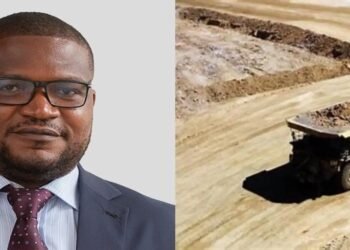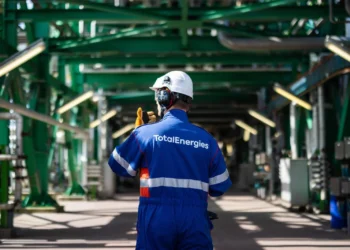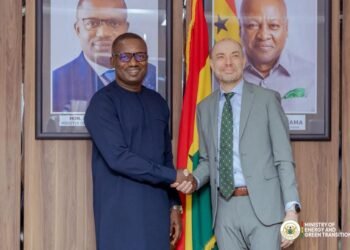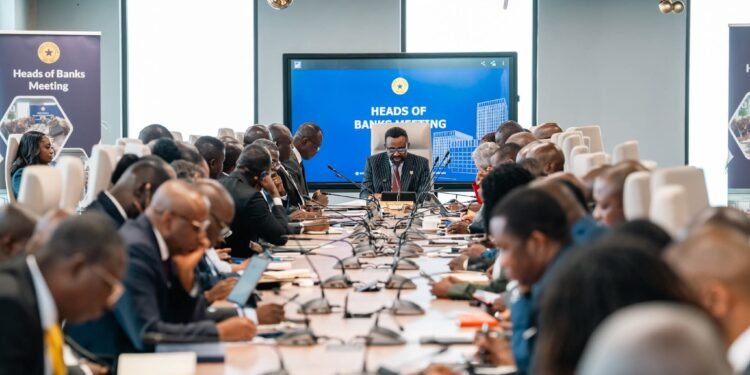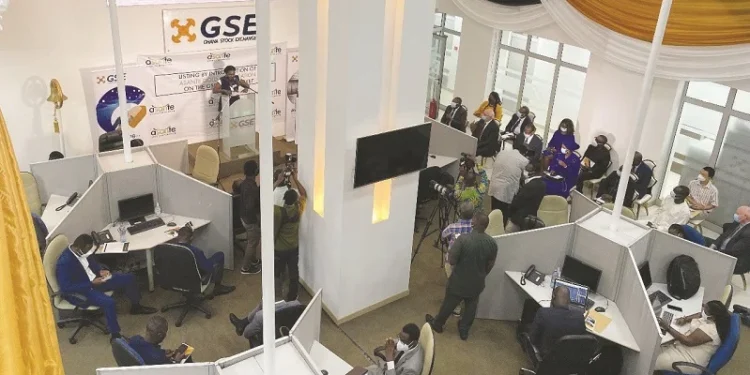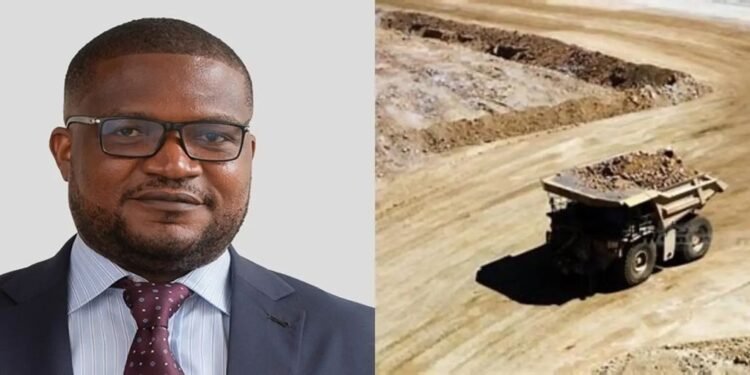At the heart of the Mining in Motion 2025 Summit in Accra, a Newmont-sponsored panel discussion brought together leaders in mining, sustainability, and community development to highlight the transformative potential of community-led, environmentally conscious approaches to artisanal and small-scale mining (ASM).
The session, which featured insights from global and regional experts, emphasized the urgent need to formalize ASM, reduce environmental degradation, and integrate local communities into the full value chain of mining projects.
Opening the discussion, Patrick Schein, Founder of the Alliance for Responsible Mining, painted a stark picture of the environmental toll of unregulated ASM.
“The most severe impacts include deforestation, land desertification, water pollution, and widespread contamination from chemicals that affect both ecosystems and communities.”
Patrick Schein, Founder of the Alliance for Responsible Mining
However, Schein also pointed out that ASM has a significantly smaller carbon footprint compared to industrial mining. “Small-scale mining emits six to ten times less carbon per unit than large-scale mining operations,” he noted.
Schein advocated for the formal recognition of ASM operators as the first step toward reform.
He explained, “Small miners must be legally recognized, accepted by the communities they operate in, and supported with the right tools and incentives for sustainable development,” adding that formalization can unlock access to financing, training, and cleaner technologies.
Mine Rehabilitation as a Tool for Development
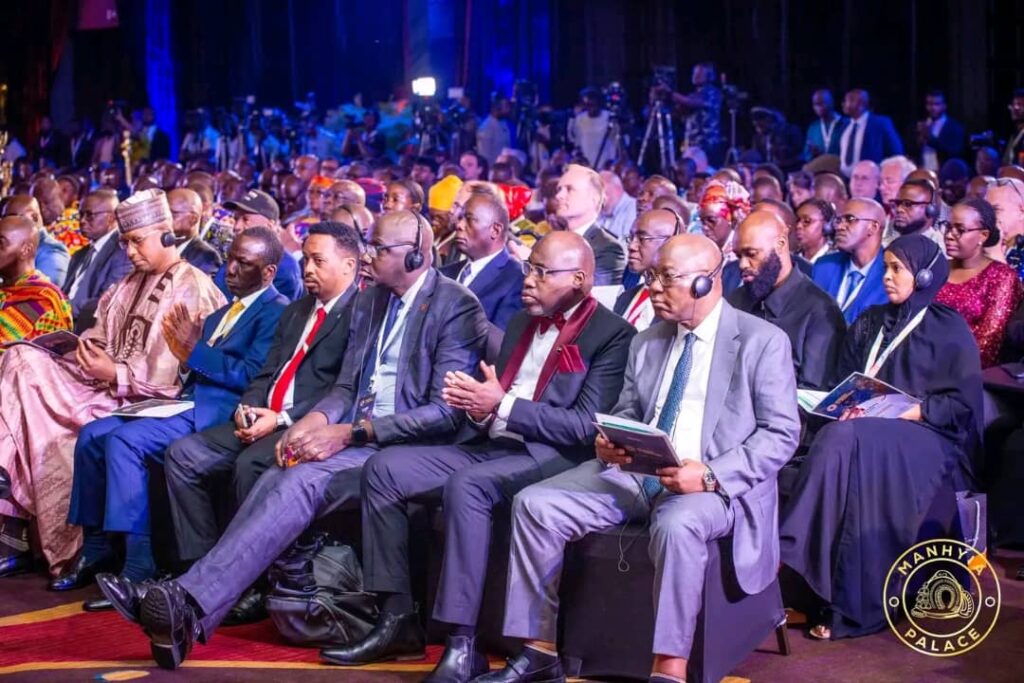
Emmanuel Baidoo, Head of Community Relations for AngloGold Ashanti Africa, discussed the complexities of illicit mining and its effect on land rehabilitation. He stressed that collaboration between governments and mining companies is critical in addressing the issue.
“Illicit mining continues to undermine efforts to rehabilitate land. But we must go beyond compliance.
“Rehabilitation must be seen as a development opportunity, not just an obligation.”
Emmanuel Baidoo, Head of Community Relations for AngloGold Ashanti Africa
He highlighted a shift in AngloGold Ashanti’s approach, using urban design models to convert former mining lands into productive spaces.
“We are now transforming exhausted mine sites into industrial parks and mixed-use urban zones. These models are replicable and scalable, turning old scars into new opportunities.”
Emmanuel Baidoo, Head of Community Relations for AngloGold Ashanti Africa

Adding to the conversation, Charlotte Fafa Tay Senyo, Director of Sustainability Projects at Newmont Ghana Gold Limited, emphasized that communities should not be peripheral to mining activities—they should be core partners.
“Communities shouldn’t only be involved at the end stage of rehabilitation.
“They must be co-creators from the planning phase to ensure that mining truly benefits local populations.”
Charlotte Fafa Tay Senyo, Director of Sustainability Projects at Newmont Ghana Gold Limited
She called for mining companies to move beyond the conventional CSR frameworks and adopt inclusive practices that empower residents, especially women and youth, to shape mining outcomes.
Proof of Concept: Solidaridad’s Community-Based Projects
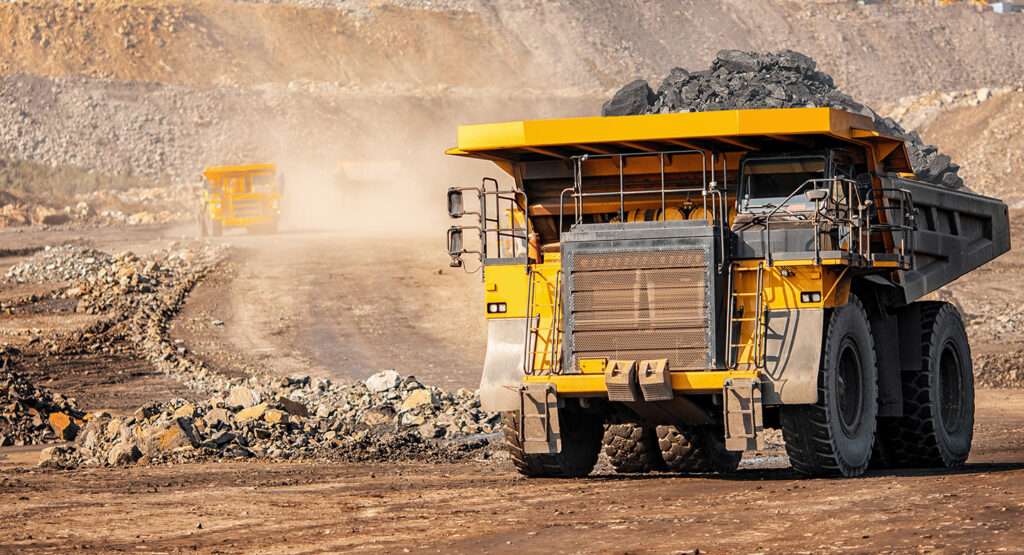
Isaac Gyanfi, Managing Director of Solidaridad West Africa, showcased real-world examples of how small-scale mining can coexist with sustainability.
“Between 2019 and 2022, we partnered with five small-scale miners to revegetate mined-out lands.
“We attracted private sector investment to train local communities in sustainable practices.”
Isaac Gyanfi, Managing Director of Solidaridad West Africa
Mr. Gyanfi explained how Solidaridad collaborated with AngloGold Ashanti to repurpose mined lands for agricultural use—an approach that not only restores ecosystems but also improves food security and local incomes.
“These projects prove that the right partnerships can create lasting environmental and social impact.
“Rehabilitated land isn’t just reclaimed—it’s reborn for the benefit of communities.”
Isaac Gyanfi, Managing Director of Solidaridad West Africa
The panel discussion underscored a central message: Africa’s artisanal and small-scale miners hold significant potential to drive economic growth while championing sustainability—if the right frameworks are in place.
From formalization and community engagement to sustainable land use and innovative rehabilitation models, speakers agreed that the path forward requires collaboration, inclusion, and vision.
As the Mining in Motion 2025 Summit continues, the spotlight remains firmly fixed on strategies that not only extract value from Ghana’s mineral wealth but also give back to the land and the people who live on it.
READ ALSO: Governor Asiama Targets Lending Rate Below 10% Within Next 4 Years




